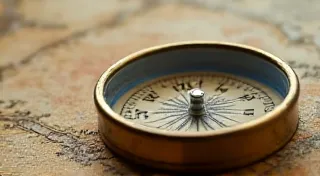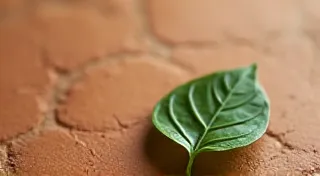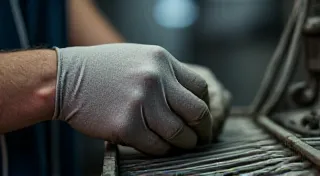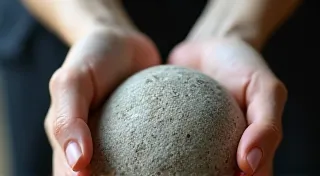A Collector's Compass: Navigating the World of Vintage Nib Restoration
There's a quiet poetry to holding a vintage fountain pen. It's not merely an instrument for writing; it's a time capsule, a whisper of the hand that crafted it, and the words it helped to shape. For those drawn to the tangible history of writing, the nib—that small, seemingly insignificant piece of gold and steel—holds a particular fascination. Collecting vintage fountain pen nibs isn’t just about acquisition; it's about connecting with a legacy of artistry and precision that feels increasingly rare in our digital age. And sometimes, that legacy needs a little care.
My own journey into this niche began, not with a grand design, but with a simple act of curiosity. I found a box of old pens at a flea market – mostly broken, in disrepair, but possessing an undeniable charm. One pen, a Parker 51, seemed promising, but the nib was…stubborn. It felt scratchy, uneven, barely capable of laying down a consistent line. That’s when I started to learn about nib restoration. It’s a delicate dance, a marriage of patience, intuition, and a healthy respect for the fragility of these antique writing instruments.
The Allure of the Past: A Brief History of Fountain Pen Nibs
The history of fountain pen nibs is intertwined with the evolution of writing itself. Early nibs were often made from goose quills, painstakingly carved to a point. The invention of the gold nib in the 19th century revolutionized the writing experience. Suddenly, writing became smoother, more consistent, and a genuine pleasure. The late 19th and early 20th centuries witnessed an explosion of nib designs – flexible nibs that could produce thick and thin lines with subtle pressure, stub nibs for elegant calligraphy, and italic nibs for formal correspondence. Each nib design was a testament to the ingenuity of the nib-makers, masters of their craft who understood the nuances of pressure, angle, and metal fatigue. Understanding the qualities of these different designs is an ever evolving journey, and the subject of many detailed explorations - the cartographer’s legacy, if you will, revealing how nib designs evolved over time.
Brands like Waterman, Parker, Sheaffer, and Wahl-Evans became synonymous with quality and innovation. Their nibs were crafted from the finest gold alloys, often tipped with iridium (a harder metal to prevent premature wear). The level of detail—the engraving, the subtle curvature, the way the tines met—revealed a dedication to perfection that's difficult to find today. These weren’t just products; they were works of art.
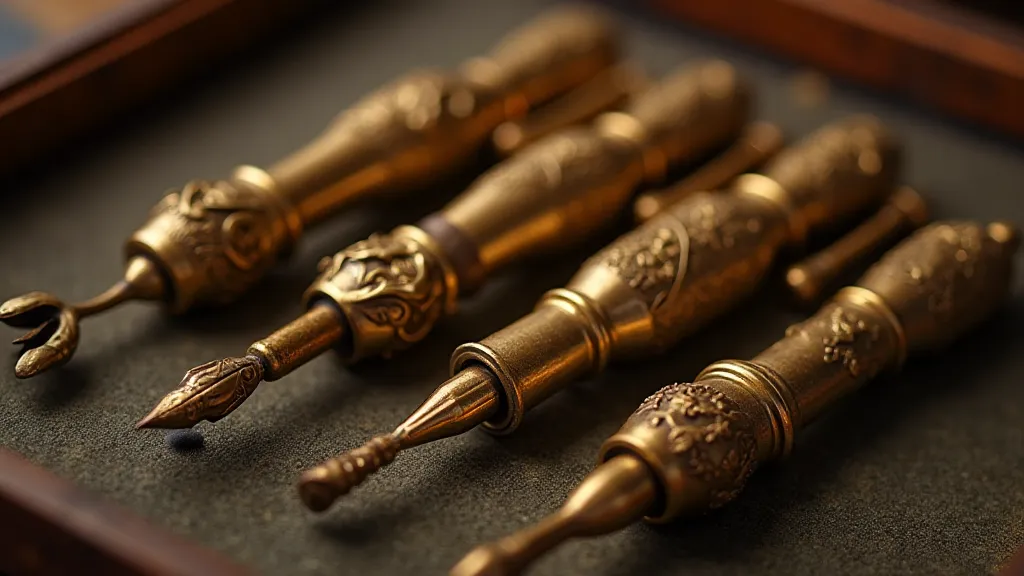
The First Steps: Cleaning and Assessing the Nib
Restoring a vintage nib isn’t always about major surgery. Often, the most significant improvement comes from a simple, thorough cleaning. Years of dried ink, paper fibers, and grime can dramatically affect a nib’s performance. The first step is to soak the nib in a warm (not hot!) solution of distilled water and a mild detergent like Dawn dish soap. Avoid harsh chemicals, as they can damage the gold alloy.
Gently scrub the nib with a soft-bristled brush, like a toothbrush designed for cleaning dentures. Pay particular attention to the breather hole (the tiny opening near the nib shoulder), as this is a common area for ink to accumulate. Rinsing is crucial – ensure all traces of soap are removed.
Once clean, carefully examine the nib under magnification. Look for signs of damage – bent tines, misaligned shoulders, or pitting. These will dictate the next steps in the restoration process.
The Delicate Art of Realignment
A common ailment among vintage nibs is tine misalignment – where the two tines, which should meet perfectly, are slightly out of alignment. This can cause a scratchy writing experience or a “hard start” – where the ink doesn’t flow easily. Realignment is a delicate operation best left to those with experience, but understanding the principles involved is helpful even for those who prefer to seek professional assistance.
The tools of the trade are minimal: a nib straightener (a specialized tool that gently bends the tines), a soft cloth, and plenty of patience. The key is to make tiny adjustments, constantly testing the nib’s performance after each adjustment. Over-correction can easily damage the nib, so proceed with extreme caution.
Many collectors find that subtle tweaks to the nib’s writing angle – achieved by gently rotating the nib within the section of the pen—can improve writing quality without requiring any actual realignment. It's a subtle detail, but it can make a significant difference.
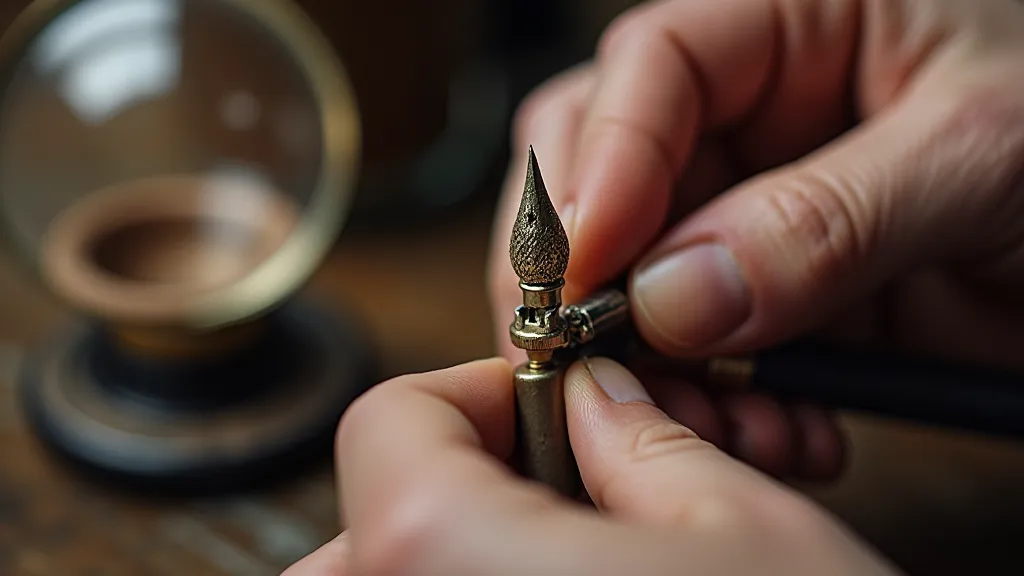
Beyond Cleaning: Understanding Nib Grades and Flexibility
Vintage nibs aren't all created equal. Understanding the different grades – fine, medium, broad, stub, italic – is crucial for appreciating their individual characteristics. Even within a single grade, there can be significant variation depending on the nib’s design and manufacturing process. The nuances of how flex, in particular, contributed to the appeal of these early pens, are a fascinating subject for dedicated study.
The term "flex" refers to a nib's ability to expand and contract under pressure, producing variations in line width. Flexible nibs were particularly popular in the early 1900s and are highly sought after by collectors. Writing with a flexible nib is a truly unique experience, allowing for expressive lettering and dynamic line work. However, flexible nibs are also more delicate and require careful handling.
Recognizing the nuances of a nib's character – its responsiveness to pressure, its ink flow, its overall feel – is what elevates collecting from mere acquisition to a true appreciation of the craft.
The Emotional Reward: Connecting with History
Restoring a vintage nib isn’t just about fixing a writing instrument; it’s about reviving a piece of history. It’s about breathing new life into an object that has witnessed countless stories, penned countless letters, and played a small but significant role in the lives of others. There’s a profound satisfaction in knowing that you’re preserving a piece of the past for future generations. It’s more than just restoring metal; it's about preserving the shadow of the maker - the legacy of the skilled artisans who created them.
Holding a restored vintage nib in your hand, feeling its smoothness on paper, and experiencing the joy of effortless writing is a reward in itself. It's a tangible link to a time when craftsmanship was valued, and attention to detail was paramount. And, more importantly, it’s a quiet reminder of the enduring power of the written word.
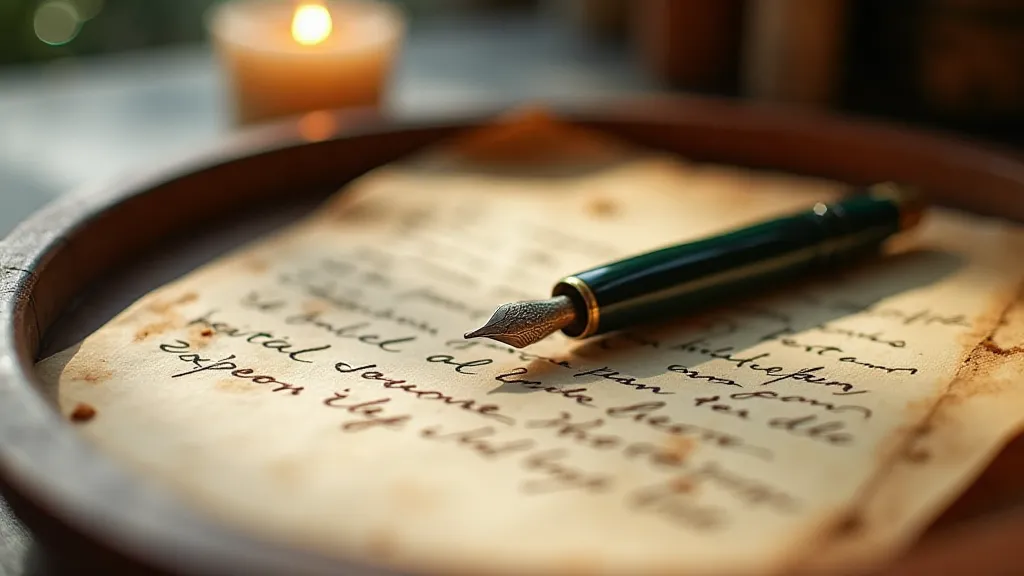
The physical weight of words, literally and figuratively, is intensified when using a restored vintage pen. There's a connection to a past era, a sense of history in your hand that modern writing instruments simply can't replicate. This heightened sensory experience transforms writing from a task into a truly special occasion.
Beyond the mechanical aspects of cleaning and realignment, the real artistry lies in understanding the subtle interplay of materials and craftsmanship. Many vintage pens were designed with specific inks in mind, and experimenting with different formulations can unlock even greater performance and character. Discovering these hidden nuances is part of what makes collecting and restoring vintage nibs so rewarding.
Ultimately, the journey into the world of vintage nib restoration is a deeply personal one. It's a chance to slow down, to appreciate the beauty of imperfection, and to connect with a tradition that spans centuries. Whether you're a seasoned collector or a curious beginner, there's always something new to discover, a new story to uncover, and a new level of appreciation to unlock.

